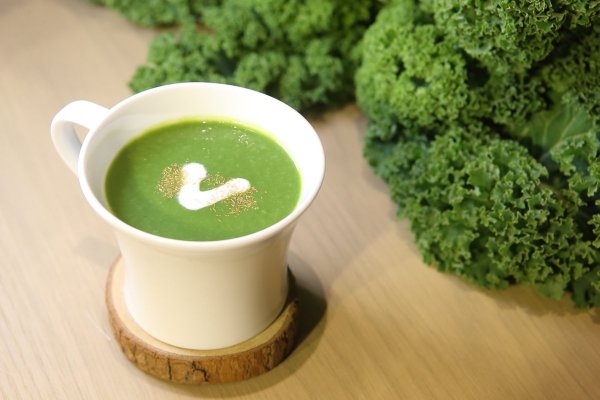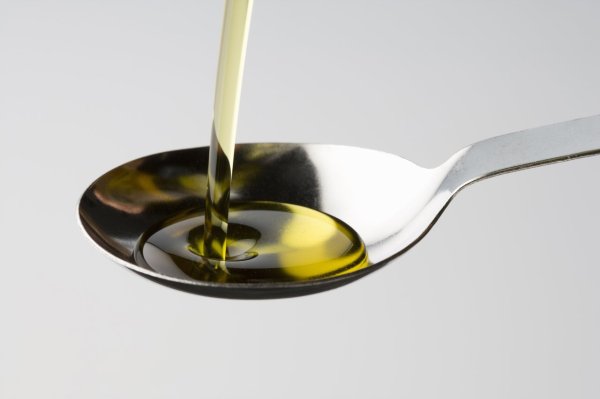0 calories means zero calories "no heat, fat and sugar"? Experts reveal the truth: Many people are not popular

The commercially available konjac is often marked with 0 card, and there are many snacks that indicate low-calorie snacks. When these hot, fat and sugar content are marked with 0 card, are they really not hot, fat and sugar?
Understand the calculation method of hot quantities. Are you right?The calculation method of heat is: the protein heat is calculated at 4 calories per gram; the fat heat is calculated at 9 calories per gram; the carbohydrate heat is calculated at 4 calories per gram, but the dietary fiber heat is marked under the carbohydrate. The dietary fiber heat is calculated at 2 calories per gram; the sugar alcohol heat is calculated at 2.4 calories per gram (the heat of erythritol is calculated at 0 calories per gram); the organic acid heat is calculated at 3 calories per gram; the alcohol (ethanol) heat is calculated at 7 calories per gram.
The Food and Drug Administration pointed out that according to the “professional claims for packaging foods should be followed”, only those containing heat content in packaging foods can be marked as “0,” “no,” “not included” or “zero”, or “low,” “less,” “less,” “thin,” “small” or “slightly contained”.
(Picture source: Dreamstime/Dianjiang Image)




